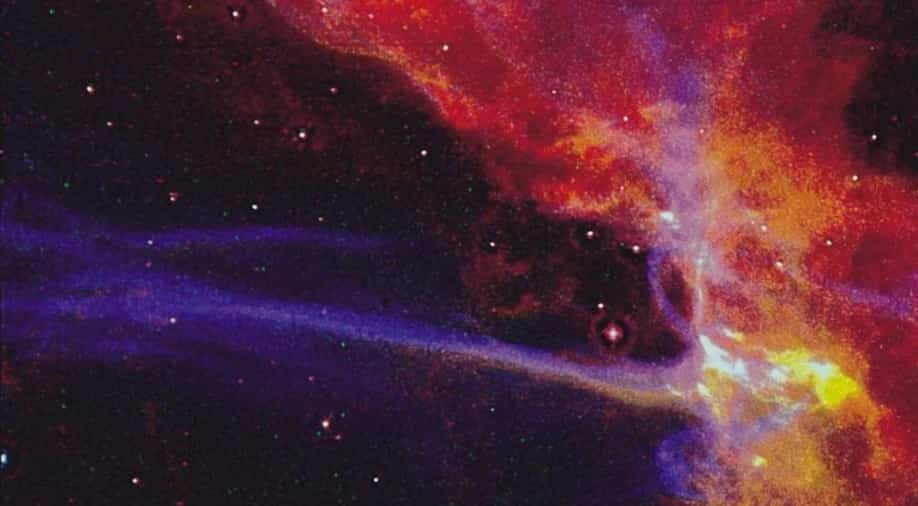INFUSE MISSION

Disclaimer: Copyright infringement not intended.
Context
NASA launched a sounding rocket as part of it’s INFUSE mission to study the Cygnus Loop, a supernova remnant, to understand how the stellar explosive deaths forms new star systems in the universe.
Details
Introduction to the INFUSE Mission
- Launch of a NASA sounding rocket for the Integral Field Ultraviolet Spectroscope Experiment (INFUSE) mission to study the Cygnus Loop, a 20,000-year-old supernova remnant located 2,600 light-years away from Earth.
Objective of the Mission
- Understanding the life cycle of stars and the formation of new star systems in the universe through the analysis of the Cygnus Loop's properties and characteristics.
The Cygnus Loop and its Significance
Origin and Brightness of the Cygnus Loop:
- The Cygnus Loop, or Veil Nebula, is the remains of a massive star that underwent a supernova explosion visible from Earth due to its significant brightness.
Role in Cosmic Evolution:
- Supernovae like the Cygnus Loop contribute to the dispersal of heavy metals in space, playing a crucial role in the formation of essential chemical elements, including those fundamental to life.
Insights and Exploration through the INFUSE Mission
- Collection of data and analysis of the Cygnus Loop's far-ultraviolet wavelengths to gain insights into the energy transfer mechanisms within the Milky Way galaxy.
- Potential contributions of the INFUSE mission to our understanding of cosmic processes and the fundamental dynamics that have shaped the universe's evolution over time.
About Supernova
- A supernova is a powerful and luminous stellar explosion that occurs during the last stages of a massive star's life cycle.
- It is one of the most energetic events in the universe, releasing an enormous amount of energy that can briefly outshine entire galaxies.
Types of Supernovae:
- Type Ia Supernovae: These result from the explosion of a white dwarf star in a binary system, often triggered by the accretion of matter from a companion star, leading to the white dwarf surpassing its Chandrasekhar limit.
- Type II Supernovae: These occur when massive stars, typically more than eight times the mass of the Sun, exhaust their nuclear fuel and collapse under their own gravity, resulting in a catastrophic explosion.
Stages of Supernova:
- Precursor Stage: A massive star exhausts its nuclear fuel, leading to the collapse of its core and the formation of a dense neutron star or black hole.
- Core Collapse: The star's core collapses rapidly due to gravitational forces, causing the outer layers of the star to rebound, resulting in a powerful explosion.
- Expansion and Afterglow: The released energy drives the outer layers of the star into space, leading to an expanding shockwave that interacts with the surrounding interstellar medium, creating an afterglow that can be observed for an extended period.
Causes and Triggers:
- Supernovae are triggered by various mechanisms, including the exhaustion of nuclear fuel in massive stars, the sudden ignition of nuclear fusion in white dwarfs, or the accretion of material onto white dwarfs in binary systems.
- In the case of Type II supernovae, the collapse of the star's core is a result of the inability to withstand gravitational forces, leading to an explosive release of energy.
Significance in Cosmic Evolution:
- Supernovae play a crucial role in the universe's evolution by dispersing heavy elements created during the explosion into the interstellar medium, contributing to the formation of new stars, planets, and even life.
- They are responsible for the production and distribution of elements crucial for life, including carbon, oxygen, and iron, thereby shaping the chemical composition of galaxies and the cosmos.
|
PRACTICE QUESTION Q. Which of the following statements about supernovae are true?
Choose the correct option: a) 1 only b) 2 and 3 only c) 1 and 2 only d) 1, 2, and 3 Answer: d) |



.jpg)
.jpg)
1.png)
